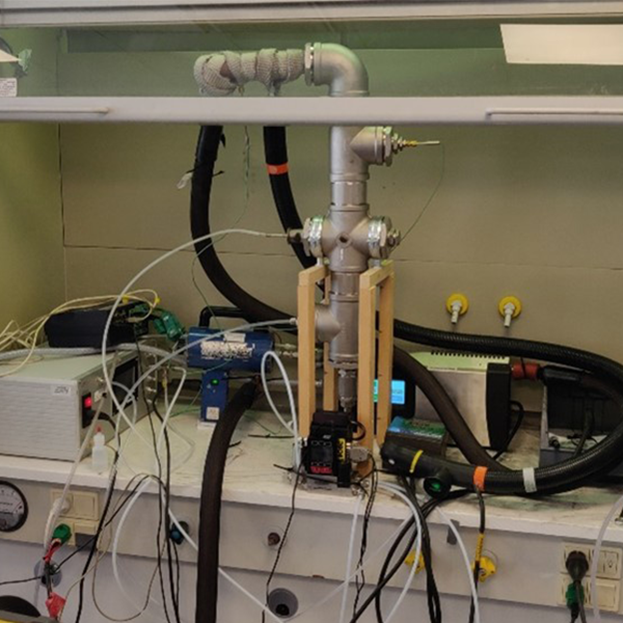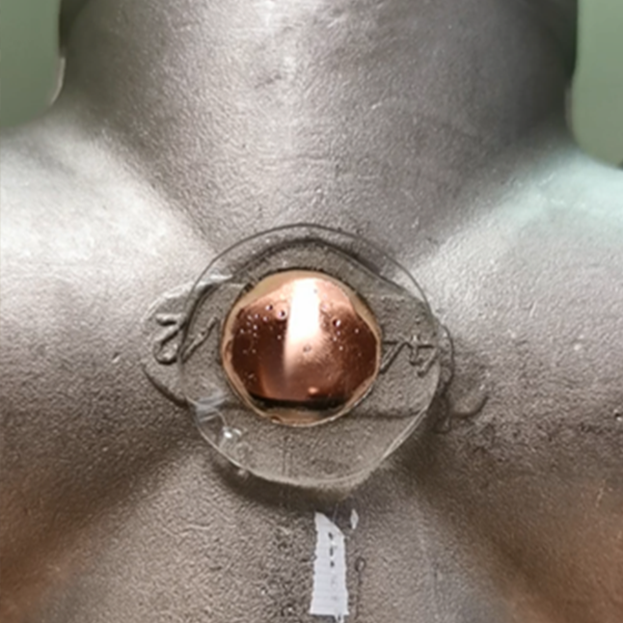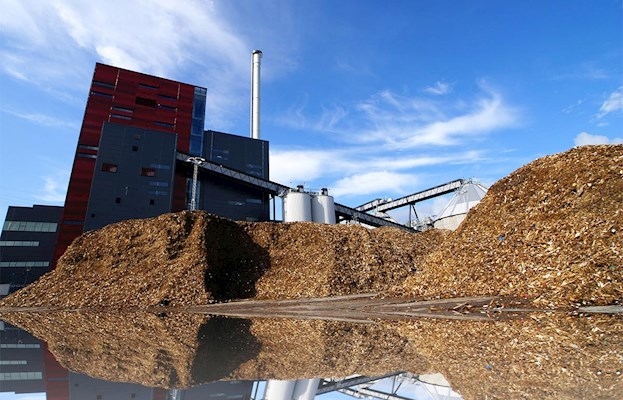Testing ammonia for Alfa Laval towards greener shipping
Ammonia shows great potential as a green fuel but requires research. A study and combustion experiment found the ammonia concentration resulting in the lowest ammonia slip and N2O emissions.
Alfa Laval is a leading global provider of first-rate products in heat transfer, separation and fluid handling, mainly in the energy, the environment, food, and marine industries. Their Marine Energy Solutions team is looking into future green fuels for maritime and transport purposes, and ammonia is one of them:
"Ammonia shows great potential. In short, it is the cheapest energy-dense green fuel and is easy to store and transport – two major requirements for energy-heavy industries like transport. We needed to get more experience in combusting ammonia and got in touch with FORCE Technology as I'd found online articles describing their ventures into the area. The team there first delivered a paper study looking into flammability ranges and the thermal outputs and expected outcomes of NOx emissions. Based on the study, we agreed to do a physical ammonia combustion experiment in a controlled environment at FORCE Technology's lab," Alfa Laval Technology manager Søren Mølgaard says.


Discovery: ammonia concentration resulting in lowest ammonia slip and N2O emissions
Our Clean Air Technologies department tested gas mixtures with predetermined flow rates and ran the waste gases from the combustion run through a gas analyser to find out if the ammonia could be combusted at a given speed and mixture ratio and to determine the composition of the exhaust gases, primarily related to uncombusted ammonia excess. We monitored the flammability, various exhaust emissions, and combustion temperature. Finally, we found the ammonia concentration resulting in the lowest ammonia slip and N2O emissions.
"We were pleased to see that the practical experiments confirmed the theoretical articles we based them on. We are now starting our own large-scale ammonia-combustion experiments which is one more step towards producing and using ammonia as a sustainable fuel," Søren says.
We were pleased to see that the practical experiments confirmed the theoretical articles we based them on. We are now starting our own large-scale ammonia-combustion experiments which is one more step towards producing and using ammonia as a sustainable fuel.Søren Mølgaard / Manager at Alfa Laval Technology
Proven: feasibility of ammonia as a green fuel
"The experiment was also beneficial to us, as we could use it to develop a Computational Fluid Dynamics (CFD) model as a basis for ammonia combustion simulations: Based on what we saw in the Alfa Laval case, what is likely to occur in ammonia combustion? We are currently validating this mathematical model the CFD model in the quest to make ammonia combustion simulations a commercial service benefitting companies working to reduce emissions and develop new fuels and technologies," FORCE Technology Project Engineer Xin Li says.
The goal of our "Green fuels of the future" projects like this one is to, by the end of 2024, be able to assist the energy industry with impartial documentation on the reduction of emissions from a wide range of the future's new green fuels and technologies. The Danish Agency for Higher Education and Science has supported this collaboration project with contract funds.

Project

